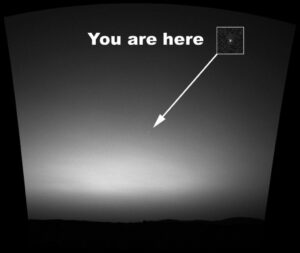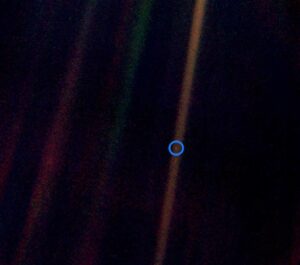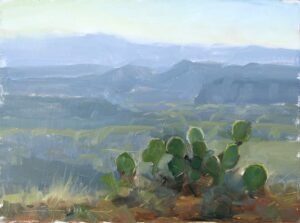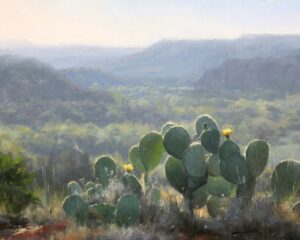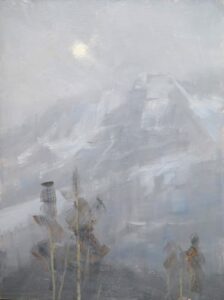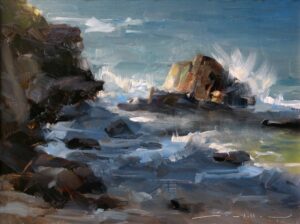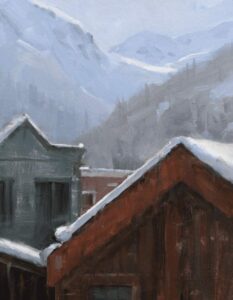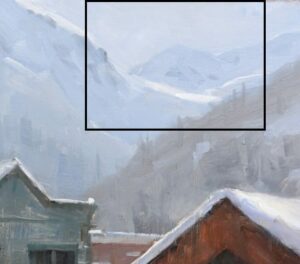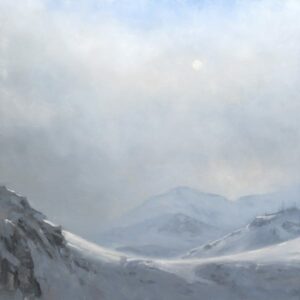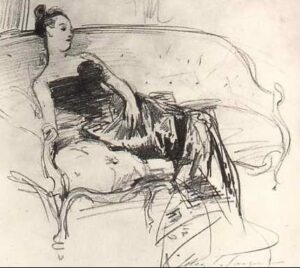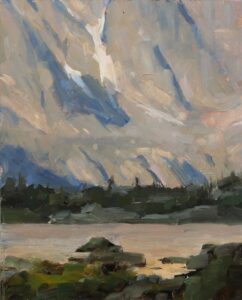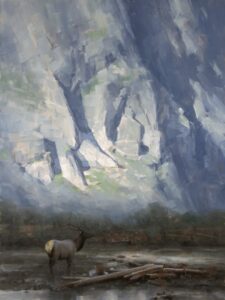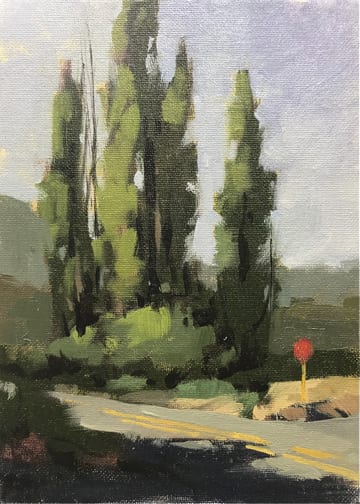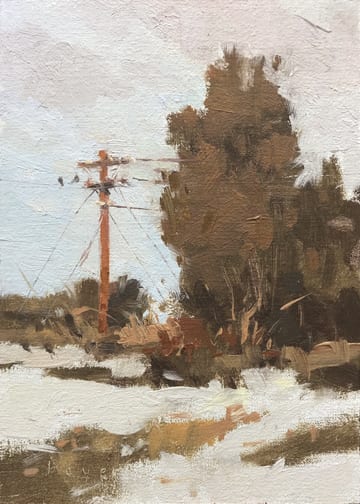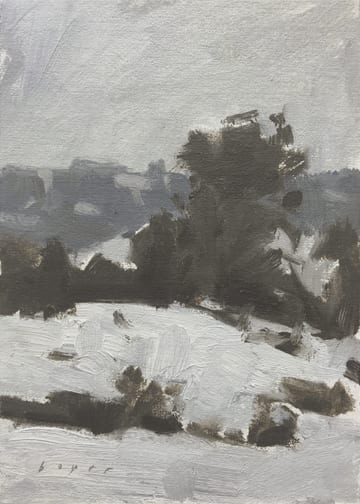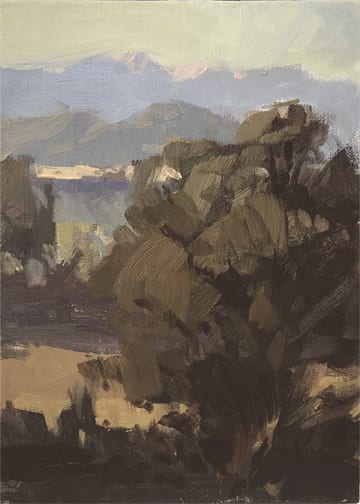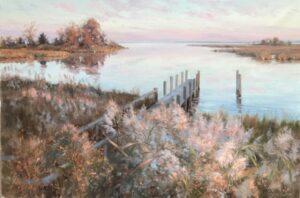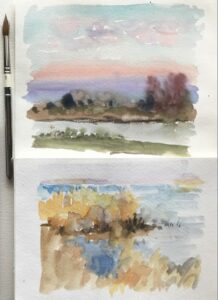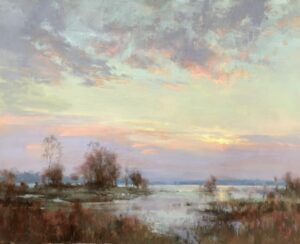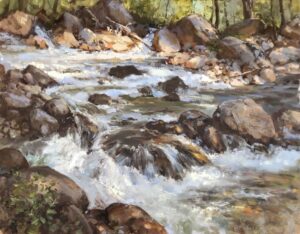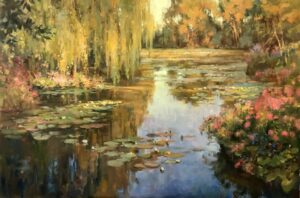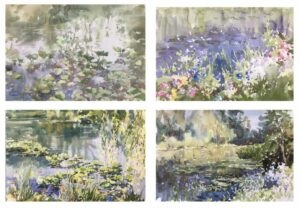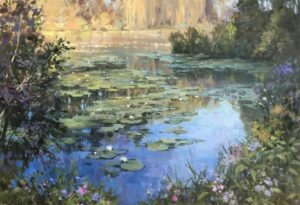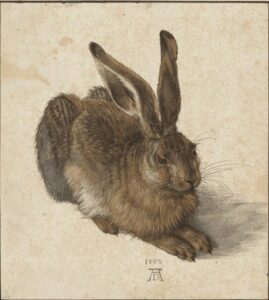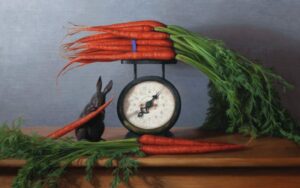This is an exciting time!
It seems like more people are spending money again. There are more artists than ever doing really fine work. There are more people studying painting than ever before. There are more competitions, associations, seminars, etc than ever. Clearly the internet and social media have made it possible to see more art and informational posts than ever before. And there’s a huge range of educational options, from workshops to longer-term programs or classes to universities, ateliers, art schools etc. Of course nothing beats seeing art in person so there will always be galleries, museums, studio visits and private collections. In terms of sales, good salespeople and other ‘connectors’ will always be worth their weight in gold as they somehow help unite artists with patrons.
So as artists we have unprecedented opportunities but can sometimes feel lost in a sea of choices with thousands of other talented artists. While we each have our strengths, we are impressed and sometimes a bit intimidated when we see other people doing amazing things. It seems that the best way forward is to take a look at what excites us the most and determine how to keep on that path, always working on building our skills as artists and communicators with the rest of the world.
To borrow from the popular TV commercial, thank you Captain Obvious. Like everything with art (and life) it’s just way more complex than simple observations can sum up. Some of us need to provide for our families and so are tempted to continue doing what has put food on the table, and are hesitant to break out in a new direction. Some of us feel great about our work but struggle to reach a broader audience. Some of us have to carve out time to work because we have non-art jobs or responsibilities. Some of us feel that no matter how hard we work we can never get close to the work being done by giants of the past and present. We may feel all of these things and many others too.
When anxiety and confusion well up in me I sometimes go ‘small’ and ‘large’. Small, as in it is a miracle that molecules came together to construct this amazing world, and us, with our minds, eyes, hands, hearts etc.


Large, as in we are just people living relatively short lives on a planet in a vast universe.
From these perspectives, for me the takeaway is that it is a great blessing to be able to pursue excellence in art and all of the different aspects of being an artist. I try to discern where my truest abilities and interests lie and figure out how to best approach these things intelligently with the time I have, being sure to do what it takes to maintain a balance of all of the things that make life possible and sustainable.
So for me this means a weekly life painting session (it’s not hard to start your own; see my blog ‘Let’s Work Together’, keeping up on promotion with an updated website, Facebook posts, and a monthly newsletter. I am a member of OPA and PSOA and try to enter competitions and attend events and support these terrific groups. I try to teach, mentor, take a few painting trips a year, take a workshop each year, and super important, make my clients, past, present, and future, very pleased that they selected me. Then it’s time to balance the whole life thing (spirituality, family, friends, community, nutrition, exercise, etc…) which is pretty much impossible, so we all just do our best and try to be grateful that we get to be creative. Imagine for a moment if you didn’t have art! We truly are lucky to be alive and engaged in this challenging pursuit.
